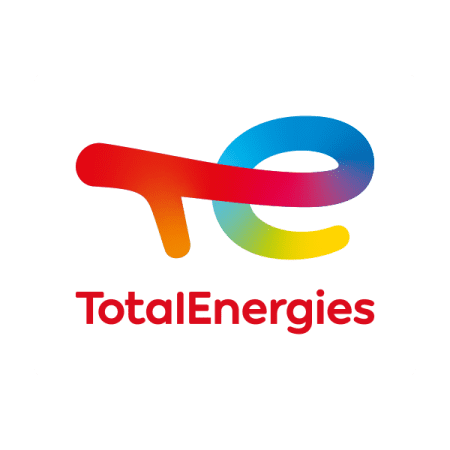
TotalEnergies Marketing Ghana PLC has achieved a remarkable transformation in its bottom line, recording a 36.4% jump in net profit for the nine months ending September 2025, even as revenue remained virtually unchanged. The oil marketing company’s strategic focus on margin improvement and cost discipline has delivered results that industry analysts say demonstrate operational excellence in a challenging market.
The company’s unaudited financials reveal net profit reached GHS 264.4 million, up from GHS 193.8 million in the corresponding period last year. Yet revenue barely moved, growing just 0.2% to GHS 5.13 billion. This stark contrast tells a story about efficiency rather than expansion, and it’s one that’s paying off handsomely for shareholders.
What’s driving this performance? The answer lies primarily in two areas. First, TotalEnergies managed to expand its gross profit margin by 2.1 percentage points to 13.7%, suggesting the company benefited from favorable procurement conditions or a more profitable product mix. Second, finance costs dropped dramatically by 55%, falling from GHS 61.8 million to just GHS 27.8 million, indicating significant debt reduction or successful refinancing at lower rates.
The margin expansion is particularly noteworthy. While competitors in Ghana’s fuel retail sector continue battling thin margins and intense price competition, TotalEnergies appears to have found ways to improve profitability without relying on volume growth. Gross profit climbed 18.3% to GHS 701.3 million, even as the cost of sales decreased by 2.2%.
However, this strong earnings performance comes with an interesting twist. Despite generating healthy operating cash flow of GHS 246.1 million, the company’s overall cash position declined by GHS 153.5 million during the period. The primary culprit? An exceptionally generous dividend payment of GHS 287.1 million, more than triple the GHS 81 million distributed in the prior year.
This aggressive shareholder return strategy signals management’s confidence in the company’s financial stability and future prospects. But it also means that despite recording substantial profits, TotalEnergies ended the period with less cash than it started with, a reminder that accounting profits and actual cash movements can tell very different stories.
The company’s balance sheet shows total assets increased modestly to GHS 1.83 billion, while inventory levels rose significantly by GHS 60.9 million. This inventory build could represent strategic stockpiling ahead of anticipated demand or price movements, though it also ties up working capital that might otherwise be deployed elsewhere.
Earnings per share climbed 35.2% to GHS 2.34, providing direct value to investors who’ve seen their dividend checks increase substantially. The company’s total equity grew only marginally to GHS 597.5 million, reflecting the tension between profit generation and generous dividend payouts.
Operating expenses did increase by 15.3% to GHS 289 million, though this growth was more than offset by the company’s improved gross margins. The effective management of both the top and bottom portions of the income statement showcases what financial discipline looks like in practice.
For Ghana’s downstream petroleum sector, TotalEnergies’ results offer an interesting case study. In an environment where many oil marketing companies struggle with working capital pressures, foreign exchange volatility, and regulatory challenges, achieving significant profit growth without corresponding revenue increases requires sophisticated operational management.
The reduction in finance costs deserves particular attention. In Ghana’s high interest rate environment, cutting financing expenses by more than half represents either successful deleveraging or shrewd treasury management. Either way, it’s contributed substantially to the company’s improved profitability.
Looking at the cash flow statement, the company generated GHS 376.7 million from operations before working capital changes, demonstrating strong underlying business performance. The challenge came from a GHS 152 million outflow related to changes in related company balances, highlighting how interconnected group structures can create cash flow complexity.
TotalEnergies also maintained its investment program, deploying GHS 76.2 million in capital expenditures during the period. This suggests the company isn’t sacrificing long term asset quality or growth potential despite its generous dividend policy.
The results position TotalEnergies as one of the stronger performers in Ghana’s oil marketing sector for 2025. While questions remain about the sustainability of the margin improvements, given their likely connection to global oil price movements beyond company control, the current performance demonstrates effective execution in the areas management can influence.
Industry observers will be watching whether the company can maintain these margin levels in the final quarter of 2025, and whether the dividend payout ratio remains as aggressive going forward. The balance between rewarding shareholders and maintaining financial flexibility will be crucial as Ghana’s economic conditions continue evolving.
For now, though, TotalEnergies Marketing Ghana has delivered exactly what investors want: higher profits per share and substantial cash returns, backed by operational improvements that don’t depend solely on revenue growth.
